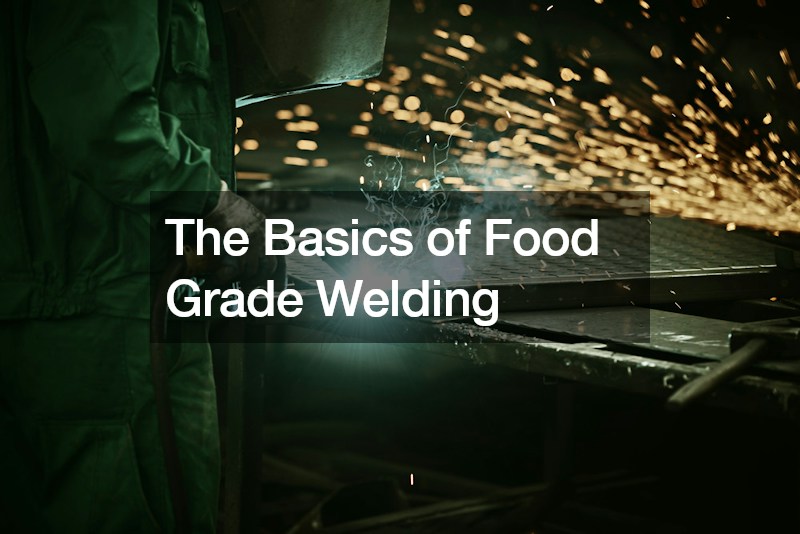
Are you interested in the field of welding? Food grade welding demands meticulous attention to key elements to adhere to stringent sanitary standards. Here’s a concise guide to the basics.
1. Sanitary Tubing
Central to food grade welding is the utilization of sanitary tubing. Engineered to meet rigorous cleanliness standards, it prevents contamination and upholds the integrity of transported materials. After all, we don’t want anyone getting sick!

2. Purging Protocols
Purging, the expulsion of undesirable gases during welding, is critical. This process safeguards weld quality by averting oxidation and preserving the purity of the welded materials. Don’t skip this crucial step!
3. Equipment Choice
Opting for suitable welding equipment is crucial. Stainless steel equipment, known for corrosion resistance and easy maintenance, is preferred. The equipment must exhibit a smooth surface to eliminate potential bacteria harborage.
4. Tacking Precision
Accurate tacking ensures proper alignment before welding. This step prevents misalignment during welding. This contributes to the overall integrity of the final weld.
5. Welding Techniques
Food grade welding requires precision. Techniques such as orbital welding ensure uniformity. This helps to meet the strict standards of the food industry.
Mastering these basics is essential for impeccable food grade welding. This assures the safety and quality of end products for consumers. The skills and specifics will become more clear with experience, which you will enjoy.



